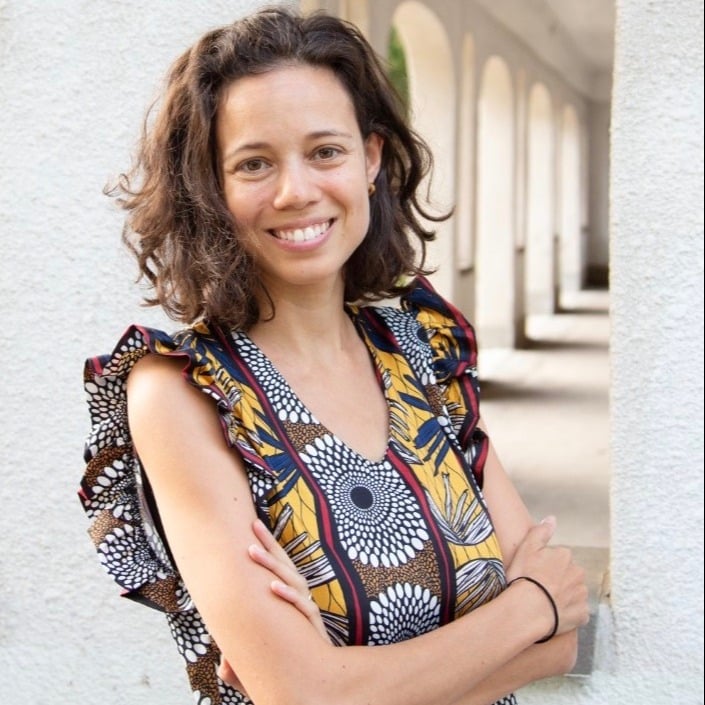We need to pay more attention to the potential of municipalities in drastically cutting emissions while promoting more equitable outcomes for all.
This blog post originally appeared as an op-ed in The Hill Times on December 6, 2021. See the original online version here.
With so much of the news surrounding COP26 focused on the role of nations, we mustn’t overlook the importance of cities and communities in driving a just and equitable climate transition.
What’s your municipality doing to address climate change?
 With jurisdiction over buildings, transportation, waste and land-use planning, municipalities have influence over approximately50 per cent of Canada’s emissions. They are more nimble and closer to the ground than higher levels of government, enabling them to act quickly in a crisis and engage directly with residents. They are also natural environments for piloting innovative climate solutions that can be scaled elsewhere.
With jurisdiction over buildings, transportation, waste and land-use planning, municipalities have influence over approximately50 per cent of Canada’s emissions. They are more nimble and closer to the ground than higher levels of government, enabling them to act quickly in a crisis and engage directly with residents. They are also natural environments for piloting innovative climate solutions that can be scaled elsewhere.
We need to pay more attention to the potential of municipalities in drastically cutting emissions while promoting more equitable outcomes for all.
Canadian cities have demonstrated real leadership when it comes to climate action and climate justice. Over the past couple years, more than 500 Canadian jurisdictions have declared a climate emergency. In the lead-up to COP26, 23 municipalities in six provinces joined the Cities Race to Zero, committing to halve emissions by 2030 and to work towards achieving net zero.
Alongside pledges, we are seeing bold climate plans emerge from communities across the country. Montreal and Vancouver are two examples, having released ambitious plans in late 2020 that seek to drastically reduce emissions while improving health, social equity and well-being.
Small and mid-sized communities are taking action as well. Indigenous communities are demonstrating a path forward, through knowledge systems and teachings that value reciprocal relationships between the land, water and all species, and that consider future generations in decision-making.
Recognizing the urgency of the climate crisis, municipalities are acting quickly to develop and implement action plans. While this is a positive development, the desire to respond swiftly must not result in the community itself being left aside. A whole-community response will ultimately be more effective and inclusive than one driven by a local government, or any sector, on its own.
The greatest potential for inclusive, transformative change happens when diverse stakeholders in a community come together and find common ground despite their differences. This approach, sometimes referred to as “collective impact,” holds tremendous promise in advancing just climate transitions.
In the Halton region, actors from across sectors have banded together to tackle the climate emergency. Several local and regional municipalities, an environmental organization, school boards, and a college and university have formed a separate entity, the Halton Climate Collective, to transform Halton into a low-carbon, climate-resilient community. Climate Action WR is a similar initiative within the Waterloo Region. We need these types of initiatives in communities across Canada.
A model already exists.
Since 2001, communities across the country have been working to end poverty locally through a whole-community approach. Today, Tamarack Institute’s Communities Ending Poverty network supports 91 members representing over 330 Canadian communities in their commitment to develop and implement plans to end poverty. Through multi-sectoral leadership roundtables and deep engagement with people with lived and living experience of poverty, these communities are setting a common vision for the future and an agenda for achieving it. Their efforts have contributed to significant reductions in poverty rates nationwide, including a 24 per cent reduction between 2015 and 2018, demonstrating that transformative change is possible when we work together in new ways.
Tamarack hopes to replicate this success by launching a cohort of communities taking climate action through collective impact.
Like poverty, the climate crisis is not an issue that can be solved by any single actor or a small group of actors working in isolation. It requires collaboration across sectors, guided by a shared vision and common purpose.
How can we get there?
Imagine if, by 2025, multi-stakeholder collectives in hundreds of communities across Canada had developed and were implementing local climate transition plans that advance equity and justice while halving their emissions no later than 2030 and achieving carbon neutrality before 2050. If this could be achieved at the necessary speed and scale, and adequately financed, Canadian communities could lead the charge in getting us to net zero and leaving no one behind—all while proving that we share more in common than we are led to believe.
Cette ressource est également disponible en français. Cliquez ici pour accéder à la page de destination de la version française.





